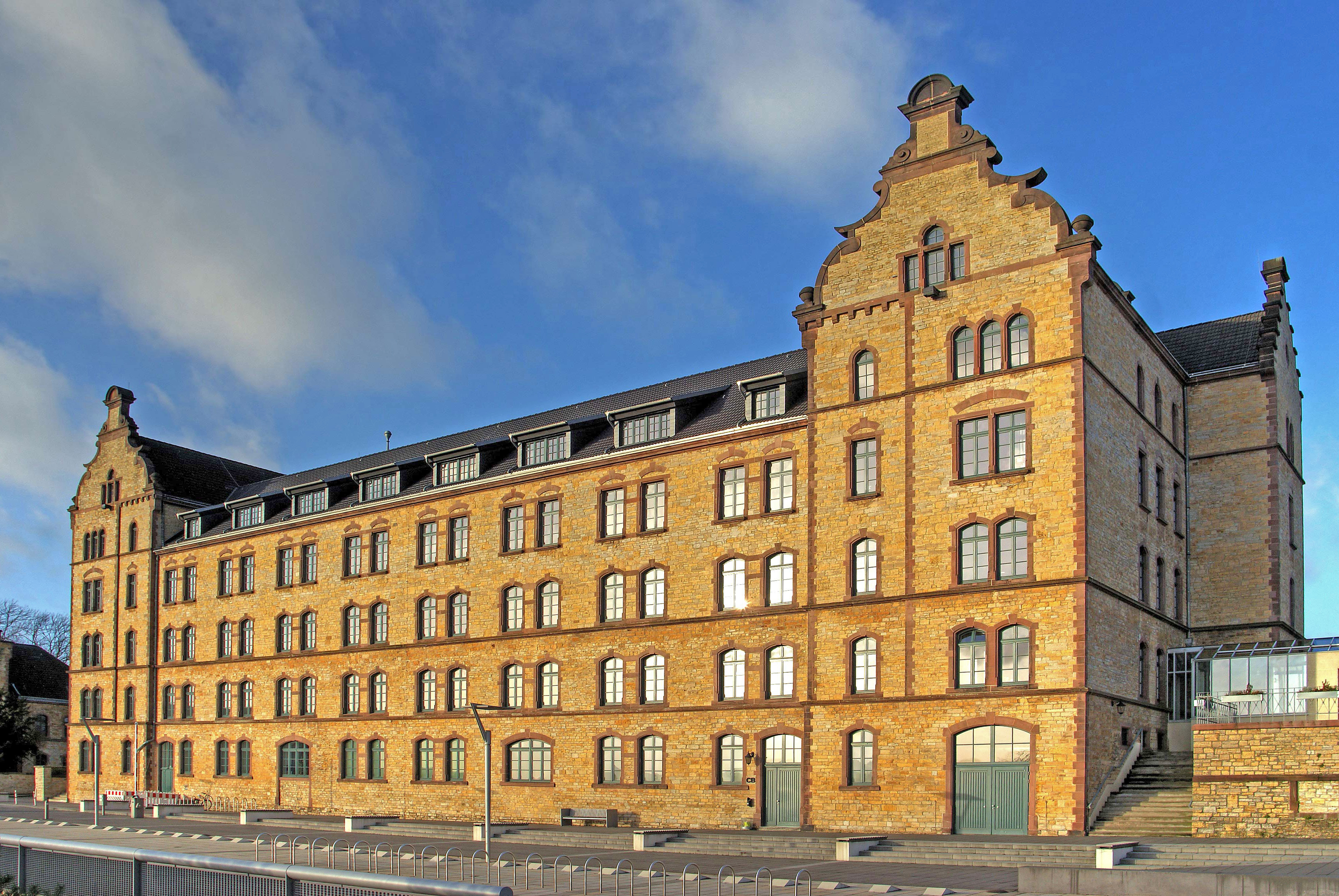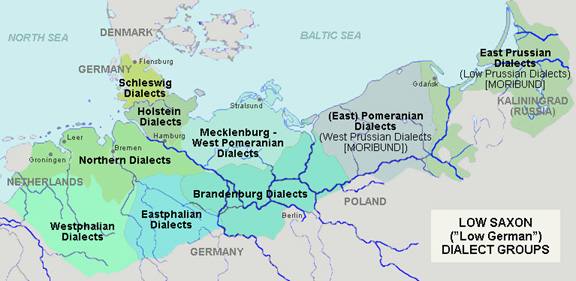|
Gremmendorf
Gremmendorf is a locale in the city of Münster, North Rhine-Westphalia. The area lies south-eastern of the city-center, has a population of 11,000 (according to a December 31, 2009 census), and belongs to the south-eastern municipal district. Additionally, the locale is divided into two subvisions of Gremmendorf-West and Gremmendorf-East, of which the Gremmendorf-West subdivision is more central, and clearly larger by area. The locale of Gremmendorf encompasses the area of the Dortmund-Ems Canal to the large capelin and high bank. History Gremmendorf is probably less than 200 years old and is therefore one of the youngest locales in Münster. On a contemporary map of Münster from the year 1763, Gremmendorf is nowhere to be found. The locale is the result of a small settlement around the farmyard of ''Gremme'' in the ''Delstrup'' peasantry. The ''Delstrup'', along with the ''Geist'' and ''Mecklenbeck'' peasantries belonged to the rural community of ''Lamberti'', and the authority ... [...More Info...] [...Related Items...] OR: [Wikipedia] [Google] [Baidu] |
Münster
Münster (; ) is an independent city#Germany, independent city (''Kreisfreie Stadt'') in North Rhine-Westphalia, Germany. It is in the northern part of the state and is considered to be the cultural centre of the Westphalia region. It is also a Münster (region), state district capital. Münster was the location of the Münster Rebellion, Anabaptist rebellion during the Protestant Reformation and the site of the signing of the Treaty of Westphalia ending the Thirty Years' War in 1648. Today, it is known as the bicycle capital of Germany. Münster gained the status of a ''Großstadt'' (major city) with more than 100,000 inhabitants in 1915. , there are 300,000 people living in the city, with about 61,500 students, only some of whom are recorded in the official population statistics as having their primary residence in Münster. Münster is a part of the international EUREGIO, Euregio region with more than 1,000,000 inhabitants (Enschede, Hengelo, Gronau, North Rhine-Westphalia, G ... [...More Info...] [...Related Items...] OR: [Wikipedia] [Google] [Baidu] |
Osnabrück Garrison
Osnabrück Garrison was a major British garrison with facilities located at Osnabrück in Lower Saxony and Münster in North Rhine-Westphalia, Germany. It was home to 4th Armoured Brigade and most of its subordinate units. It formed a major part of British Forces Germany. History The oldest part of Osnabrück Station was ''Caprivi Kaserne'' (named after General Leo von Caprivi), dating back to 1899; this became Scarborough Barracks after the Second World War and is now being used as the University of Applied Sciences. ''Scharnhorst Kaserne'' (named after General Gerhard von Scharnhorst) was built in the 1930s; this went on after the War to be Belfast Barracks and is now being used as the Osnabrück Innovations Centre. Meanwhile, ''Winkelhausen Kaserne'' (named after Colonel Willy Carl Winkelhausen) was also built in the 1930s; this went on after the War to become Roberts Barracks and is now being used as a freight hub. ''Am Limberg Kaserne'' (named after the height Limberg) w ... [...More Info...] [...Related Items...] OR: [Wikipedia] [Google] [Baidu] |
Münster (region)
Münster is one of the five ''Regierungsbezirke'' of North Rhine-Westphalia, Germany, located in the north of the state, and named after the capital city of Münster. It includes the area which in medieval times was known as the Dreingau. Regierungsbezirk Münster mostly covers rural areas of Münsterland famous for their castles, e.g. Castle Nordkirchen and Castle Ahaus. The region offers more than a hundred castles, all linked up by the cycle path ''100 Schlösser Route''. The three southern municipalities are part of the Ruhrgebiet, a densely populated region with much industry. Besides this the area is mostly as green as the rest of Münsterland and historically a part of the landscape. The history of the ''Regierungsbezirk'' dates back to 1815, when it was one of the original 25 ''Regierungsbezirke'' created as a subdivision of the provinces of Prussia. The last reorganization of the districts was made in 1975, when the number of districts was reduced from ten to five, and t ... [...More Info...] [...Related Items...] OR: [Wikipedia] [Google] [Baidu] |
Memorial
A memorial is an object or place which serves as a focus for the memory or the commemoration of something, usually an influential, deceased person or a historical, tragic event. Popular forms of memorials include landmark objects such as homes or other sites, or works of art such as sculptures, statues, fountains or parks. Larger memorials may be known as monuments. Types The most common type of memorial is the gravestone or the memorial plaque. Also common are war memorials commemorating those who have died in wars. Memorials in the form of a cross are called intending crosses. Online memorials are often created on websites and social media to allow digital access as an alternative to physical memorials which may not be feasible or easily accessible. When somebody has died, the family may request that a memorial gift (usually money) be given to a designated charity, or that a tree be planted in memory of the person. Those temporary or makeshift memorials are also ca ... [...More Info...] [...Related Items...] OR: [Wikipedia] [Google] [Baidu] |
Steam Locomotive
A steam locomotive is a locomotive that provides the force to move itself and other vehicles by means of the expansion of steam. It is fuelled by burning combustible material (usually coal, Fuel oil, oil or, rarely, Wood fuel, wood) to heat water in the locomotive's Boiler (power generation), boiler to the point where it becomes gaseous and its volume increases 1,700 times. Functionally, it is a steam engine on wheels. In most locomotives, the steam is admitted alternately to each end of its Steam locomotive components, cylinders in which pistons are mechanically connected to the locomotive's main wheels. Fuel and water supplies are usually carried with the locomotive, either on the locomotive itself or in a Tender (rail), tender coupled to it. #Variations, Variations in this general design include electrically powered boilers, turbines in place of pistons, and using steam generated externally. Steam locomotives were first developed in the United Kingdom of Great Britain an ... [...More Info...] [...Related Items...] OR: [Wikipedia] [Google] [Baidu] |
Landmark
A landmark is a recognizable natural or artificial feature used for navigation, a feature that stands out from its near environment and is often visible from long distances. In modern-day use, the term can also be applied to smaller structures or features that have become local or national symbols. Etymology In Old English, the word ''landmearc'' (from ''land'' + ''mearc'' (mark)) was used to describe a boundary marker, an "object set up to mark the boundaries of a kingdom, estate, etc." Starting around 1560, this interpretation of "landmark" was replaced by a more general one. A landmark became a "conspicuous object in a landscape". A ''landmark'' literally meant a geographic feature used by explorers and others to find their way back to their departure point, or through an area. For example, Table Mountain near Cape Town, South Africa, was used as a landmark to help sailors navigate around the southern tip of Africa during the Age of Exploration. Artificial structures ar ... [...More Info...] [...Related Items...] OR: [Wikipedia] [Google] [Baidu] |
Street
A street is a public thoroughfare in a city, town or village, typically lined with Building, buildings on one or both sides. Streets often include pavements (sidewalks), pedestrian crossings, and sometimes amenities like Street light, streetlights or Bench (furniture), benches. A street can be as simple as a level patch of Dirt road, dirt, but is more often pavement (material), paved with a hard, durable surface such as Tarmacadam, tarmac, concrete, cobblestone or brick. It can be designed for both social activity and movement. Originally, the word ''street'' simply meant a paved road (). The word ''street'' is still sometimes used informally as a synonym for ''road'', for example in connection with the ancient Watling Street, but city residents and urban planning, urban planners draw a significant modern distinction: a road's main function is transportation, while streets facilitate public interaction. [...More Info...] [...Related Items...] OR: [Wikipedia] [Google] [Baidu] |
Roman Catholic
The Catholic Church (), also known as the Roman Catholic Church, is the largest Christian church, with 1.27 to 1.41 billion baptized Catholics worldwide as of 2025. It is among the world's oldest and largest international institutions and has played a prominent role in the history and development of Western civilization. O'Collins, p. v (preface). The church consists of 24 ''sui iuris'' (autonomous) churches, including the Latin Church and 23 Eastern Catholic Churches, which comprise almost 3,500 dioceses and eparchies around the world, each overseen by one or more bishops. The pope, who is the bishop of Rome, is the chief pastor of the church. The core beliefs of Catholicism are found in the Nicene Creed. The Catholic Church teaches that it is the one, holy, catholic and apostolic church founded by Jesus Christ in his Great Commission, that its bishops are the successors of Christ's apostles, and that the pope is the successor of Saint Peter, upo ... [...More Info...] [...Related Items...] OR: [Wikipedia] [Google] [Baidu] |
Sports Club
A sports club or sporting club, sometimes an athletics club or sports society or sports association, is a group of people formed for the purpose of playing sports. Sports clubs range from organisations whose members play together, unpaid, and may play other similar clubs on occasion, watched mostly by family and friends, to large commercial organisations with professional players which have teams that regularly compete against those of other clubs and sometimes attract very large crowds of paying spectators. Clubs may be dedicated to a single sport or to several (multi-sport clubs). The term "athletics club" is sometimes used for a general sports club, rather than one dedicated to athletics proper. Friedrich Ludwig Jahn's Turner movement, first realised at Volkspark Hasenheide in Berlin in 1811, was the origin of the modern sports clubs. Organization Larger sports clubs are characterized by having professional and amateur departments in various sports such as bike pol ... [...More Info...] [...Related Items...] OR: [Wikipedia] [Google] [Baidu] |
Low German
Low German is a West Germanic languages, West Germanic language variety, language spoken mainly in Northern Germany and the northeastern Netherlands. The dialect of Plautdietsch is also spoken in the Russian Mennonite diaspora worldwide. "Low" refers to the altitude of the areas where it is typically spoken. Low German is most closely related to Frisian languages, Frisian and English language, English, with which it forms the North Sea Germanic group of the West Germanic languages. Like Dutch language, Dutch, it has historically been spoken north of the Benrath line, Benrath and Uerdingen line, Uerdingen isoglosses, while forms of High German languages, High German (of which Standard German is a standardized example) have historically been spoken south of those lines. Like Frisian, English, Dutch and the North Germanic languages, Low German has not undergone the High German consonant shift, as opposed to Standard German, Standard High German, which is based on High German langu ... [...More Info...] [...Related Items...] OR: [Wikipedia] [Google] [Baidu] |
Population Density
Population density (in agriculture: Standing stock (other), standing stock or plant density) is a measurement of population per unit land area. It is mostly applied to humans, but sometimes to other living organisms too. It is a key geographical term.Matt RosenberPopulation Density Geography.about.com. March 2, 2011. Retrieved on December 10, 2011. Biological population densities Population density is population divided by total land area, sometimes including seas and oceans, as appropriate. Low densities may cause an extinction vortex and further reduce fertility. This is called the Allee effect after the scientist who identified it. Examples of the causes of reduced fertility in low population densities are: * Increased problems with locating sexual mates * Increased inbreeding Human densities Population density is the number of people per unit of area, usually transcribed as "per square kilometre" or square mile, and which may include or exclude, for example, ar ... [...More Info...] [...Related Items...] OR: [Wikipedia] [Google] [Baidu] |







